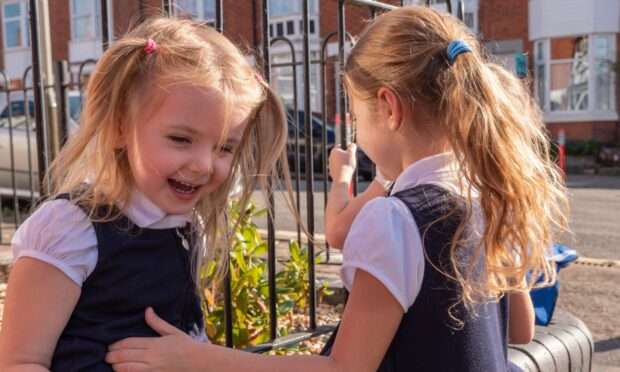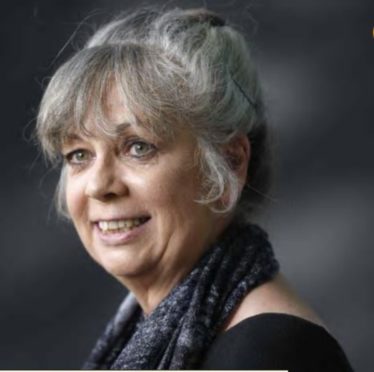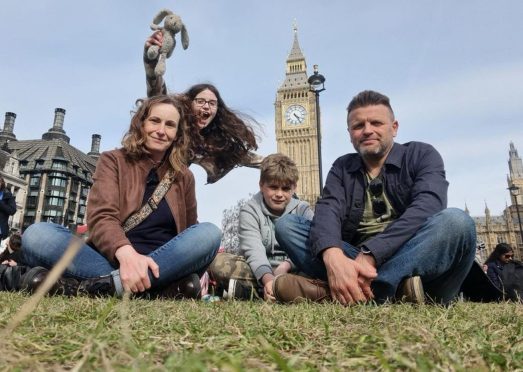Controversial tests given to primary one pupils miss the “most important” aspect of children’s learning, says one Tayside-based teacher.
The main problem with Scottish National Standardised Assessments (SNSAs) for P1s is that they do not cover children’s health and wellbeing or social skills, she says.
The teacher, with several years of experience teaching P1s, has asked for her identity to be concealed to protect her employment.
She is speaking out to encourage scrapping of the Scottish Government’s nationalised assessments for P1 pupils, which focus purely on literacy and numeracy skills.
The Tayside teacher believes in-class observation could provide the same information in a less time-consuming way and create a fuller picture of child development.
She said: “The main thing I would say is that SNSAs do not cover children’s health and wellbeing or social skills.
“This is the most important thing for children’s learning and development at this young age.
“This is measured through meaningful observations during play.”
The formal assessments, done individually by pupils on tablets with adult support, are “very time consuming”, she says, taking around an hour for each child.
And she says children with English as a second language can struggle to understand as questions can be long and have multiple choice answers.
She added: “Teacher judgement and observations or assessments in school would give me the same information rather than sitting for one hour with each child.”
Ongoing campaign
Her criticisms are echoed by many teachers across the country, as shown in an anonymous survey carried out by the government in 2019.
The survey was part of two separate reviews conducted that year – both internal and external – which the government concluded showed support for the assessments.
SNSAs were allowed to continue, despite a number of respondents to the teacher survey being perceived as negative.
Campaign groups such as Upstart Scotland have fought for scrappage of the SNSAs since their introduction in 2017.
Those at the organisation argue it places indirect pressure on teachers to base class teaching around preparing children to pass tests, and fails to value child development.
Sue Palmer, chairwoman at Upstart Scotland, said: “A lot of teachers said children choose their answers (to SNSAs) randomly and end up with the wrong score – not all children, but some, because they’re bored.
“We don’t think there should be any standardised tests before the age of eight. We don’t think it’s necessary at eight, but it’s not doing any damage by then.
“We wouldn’t have a problem with testing in P3 but in P1 what we should be doing is looking at overall development.”
Decisions at local level
Local authorities decide whether their pupils will participate in SNSA.
Currently Fife Council is the only one in the country to opt out of the testing system, having made the decision in December 2018.
Instead, P1 teachers in Fife use online, story-based assessments (BASE) at the start and end of the academic year, which are said to take around 20 minutes to complete.
Head of education and children’s services Angela Logue said: “BASE assessments are used to inform planning of appropriate learning experiences for all children and support assessment of progress.
“These assessments are carried out as part of the learning in the same way as other forms of ongoing assessment in the P1 classrooms.
“All schools report to parents on children’s progress based on a range of assessments, including BASE assessments.”
Upstart Scotland’s Sue Palmer welcomes Fife Council’s decision to drop SNSAs but says having an alternative testing system “defeats the point”.
‘Teacher judgement’
A spokesman for the Scottish Government said: “The assessment approach in Scotland places teacher professional judgement at the heart of the process.
“Teachers work most closely with children and are best placed to judge how well they are progressing.
“Scottish National Standardised Assessments provide an additional source of information for teachers when considering children’s progress and planning next steps in learning.”














